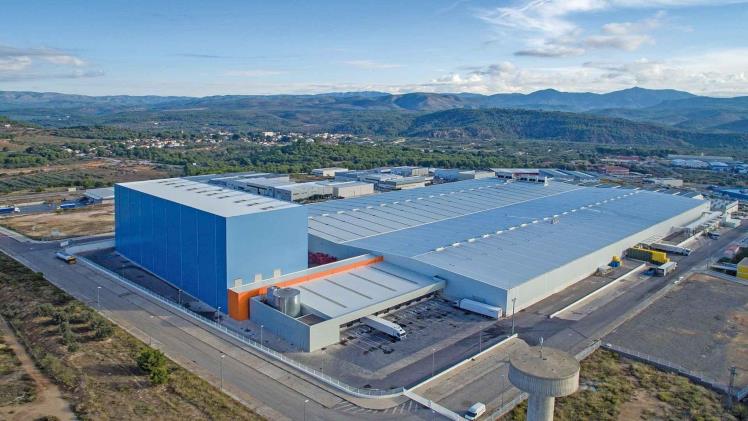In an era where environmental concerns have taken center stage, industries across the board find themselves under relentless pressure to embrace sustainable practices. Among these sectors, the warehousing and logistics industry, a pivotal player in global supply chains, stands no exception. As the need for efficient storage and distribution escalates, the challenge of harmonizing warehouse space utilization with environmental repercussions emerges as a pivotal concern. This article explores the realm of sustainable warehousing, delving into strategies that adeptly manage warehouse space while concurrently curtailing the ecological impact.
The Predicament: Balancing Space Utilization and Environmental Consequences
Warehouses function as critical nodes for housing goods before they transition to the hands of consumers. However, the pursuit of augmented warehouse space utilization frequently leads to overstocking, inefficient layouts, and escalated energy consumption. This, in turn, contributes to amplified carbon emissions, unwarranted waste generation, and a strain on natural resources. The quest for equilibrium between optimizing storage capacity and mitigating environmental repercussions emerges as the linchpin for achieving sustainable warehousing.
Efficient Layout Design
At the forefront of sustainable warehousing lies strategic layout design. The integration of a meticulously planned layout, one that optimizes vertical space and diminishes travel distances, can usher in reduced energy consumption. High-density storage solutions, encompassing vertical racks and mezzanine systems, permit space optimization sans a surge in the physical footprint.
Inventory Management and Demand Projection
Effective inventory management and precise demand projection wield pivotal roles in curbing overstocking and mitigating wastage. A comprehensive grasp of consumer demand trends empowers warehouses to sidestep unwarranted stockpiling, a practice that often renders goods obsolete prior to utilization. The fusion of advanced data analytics and AI-powered tools greatly enhances the precision of demand pattern forecasts.
Adoption of Sustainable Packaging Practices
Sustainable warehousing extends its purview to encompass product packaging. Encouraging suppliers to embrace eco-friendly and minimalist packaging practices not only curtails waste but also diminishes the environmental toll of supply chains. Moreover, the establishment of recycling initiatives and waste segregation programs within warehouses contributes further to sustainability endeavors.
Implementation of Energy-Efficient Measures
A pivotal facet of sustainable warehousing entails the reduction of energy consumption. The incorporation of energy-efficient lighting, HVAC systems, and the deployment of motion-sensor technologies collectively curtail electricity usage.
Optimizing Last-Mile Efficiency
The concluding stretch of the supply chain, known as the “last mile,” exerts a substantial influence on both space utilization and the environment. The implementation of efficient routing and delivery strategies begets a reduction in the number of trips, thereby minimizing fuel consumption and associated emissions. The strategic positioning of local distribution centers in close proximity to urban centers aids in optimizing last-mile deliveries.
Fostering Collaborative Endeavors within the Supply Chain
Collaboration within the supply chain constitutes an indispensable facet of sustainable warehousing. Manufacturers, distributors, and retailers must collaboratively streamline processes, exchange data, and collectively curtail wastage. By optimizing the entirety of the supply chain, from production to delivery, the environmental impact of each constituent can be appreciably curbed.
Conclusion
Sustainable warehousing transcends mere rhetoric; it emerges as a prerequisite for enterprises aspiring to thrive within a milieu driven by environmental consciousness. The orchestration of warehouse space utilization in harmony with environmental considerations necessitates a comprehensive approach that factors in layout design, inventory management, packaging practices, energy efficiency, last-mile delivery, and collaborative supply chain initiatives. Through the embrace of these strategies, warehouses can operate with heightened efficiency, diminish waste, and contribute to a more ecologically balanced future.

